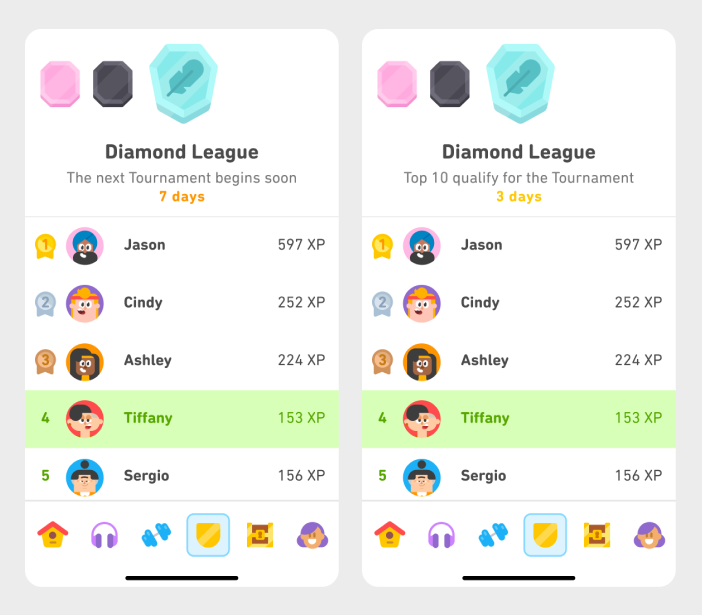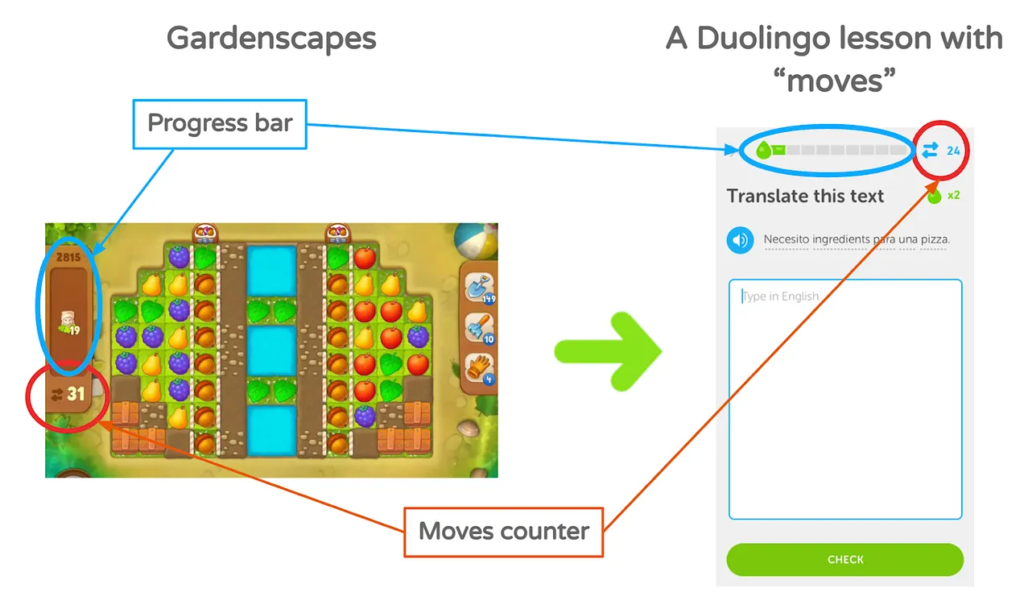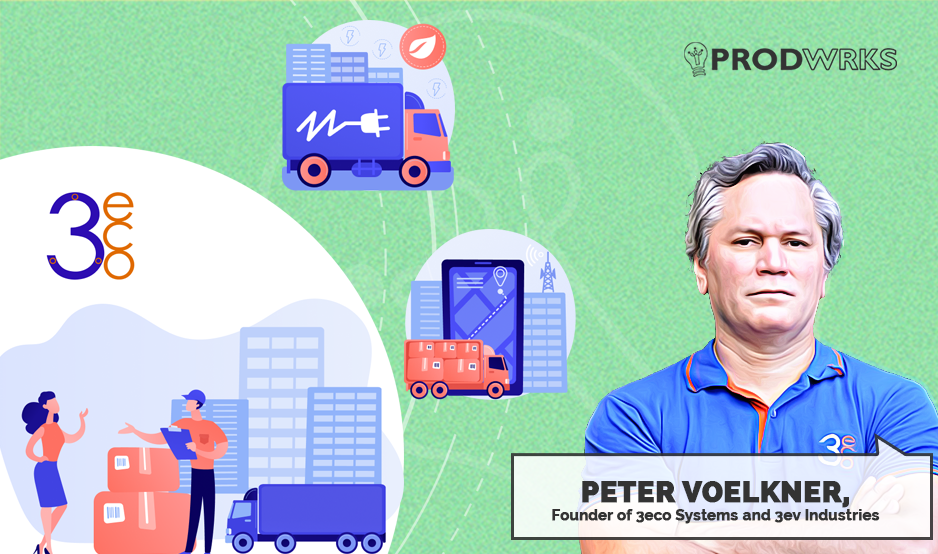
According to studies on the dynamics of students’ lecture attention spans, the average learner’s attention span increases during the first 10 minutes of the presentation and then decreases. One approach to addressing this issue and recapturing learners’ attention is to modify the setting during a lecture, for example, by taking a brief break. This is the inverse of the dynamics experienced by video gamers, who maintain high concentration levels for extended periods.
Gamers also have things in common like urgent optimism, social fabric, euphoric productivity, and enormous purpose, which makes them optimistic people. On the other hand, students are more prone to feel overwhelmed when presented with complex learning; there is no quick pleasure or short-term gains to keep them interested and motivated. A potential approach to dealing with these unproductive impulses is to design the curriculum using techniques discovered in successful gaming settings.
Similar to how games stimulate the production of dopamine, a chemical thought to play a vital role in motivation, affect, and learning, educational techniques that use the same methodologies may result in learning-reward cycles by reinforcing neuronal connections and communications during learning activity. Furthermore, unlike the one-size-fits-all lecture, these game-based strategies may be calibrated to be suited to the learners’ ability level, preventing frustration or boredom.
Based on this foundation, the edtech community must investigate methods that can provide deep learner engagement and have expressed increased interest in using gamification to increase student engagement and improve information retention.
What is Gamification, and what are its benefits?
Gamification for learning applies game mechanics, dynamics, and frameworks to non-game processes in accordance with the principles of Self-Determination Theory:
a. Relatedness: the universal desire to engage with and be linked to others.
b. Competence: the universal need to be effective and master an issue in a particular setting.
c. Autonomy: the universal urge to govern one’s own life.
These factors have been proven to influence both internal and extrinsic motivation, significantly impacting student engagement and motivation.
Intrinsic motivation (e.g., altruism, competitiveness, collaboration, sense of belonging, love, or hostility) is motivated by interest or satisfaction in the work. Extrinsic motivation, on the other hand, originates from outside the individual and refers to the execution of an activity to achieve a goal (e.g., gain grades, levels, points, badges, prizes) or escape punishment. Extrinsic motivating factors include contests, cheering audiences, and the desire to win awards.
Individual student weariness might be considered to identify the best blend of intrinsic and extrinsic motivators; this would automatically re-captivate pupils and give a satisfying relief without having any negative consequences. Students would enjoy the tasks and then produce the appropriate evaluation by incorporating gaming dynamics into typically unpleasant processes such as examinations.
Gamification in Action - Case Studies
Duolingo
Duolingo has successfully transformed language learning from a daunting task into an engaging and rewarding experience by drawing inspiration from popular games. Let’s explore the innovative ways Duolingo has incorporated gamification into its products.
1. Bite-Sized Mastery: A Mini-Adventure in Every Lesson
Duolingo employs a game-like structure where language learners progress through different levels, reminiscent of the addictive nature of Candy Crush. Each lesson becomes a mini-adventure, breaking down the language-learning process into manageable chunks. This approach enhances user engagement and ensures that learners stay motivated as they conquer one level after another.
2. Instant Feedback and Virtual Rewards
One of Duolingo’s key features is its ability to provide instant feedback. Learners receive real-time corrections, allowing them to learn from their mistakes immediately. To further enhance motivation, Duolingo rewards consistency and completion with virtual currency called lingots. This ingenious gamification tactic transforms the often tiring journey of learning a new language into a rewarding experience.
3. Healthy Competition and Friendly Rivalry
Duolingo introduces healthy competition through leaderboards, fostering friendly rivalries among learners. This feature, inspired by games like Zynga’s FarmVille 2, significantly boosts user engagement. With this competitive edge, learners are not just mastering a language but also challenging themselves and others, making the learning process more dynamic and exciting.

4. Streaks and Goal-Setting Strategies
Duolingo implements goal-setting strategies such as ‘streaks’ and ‘perfect weeks’ to encourage users to maintain a consistent learning schedule. A 10-day streak significantly reduces user drop-off, showcasing the effectiveness of this technique. Inspired by games like Call of Duty, where consecutive achievements are rewarded, Duolingo leverages loss aversion to motivate learners, enhancing Daily Active Users (DAU) and retention rates.

5. Progress Bar
Each topic in Duolingo comes with its progress bar. As learners fill it up, their motivation and speed naturally increase. This psychological nudge propels learners toward their mini-goals, turning the complex language-learning journey into rewarding sprints. The progress bar serves as a visual representation of achievements, motivating learners to keep pushing forward.

6. Match Madness: Engaging Challenges Inspired by Fortnite
Duolingo introduces an exciting challenge called ‘Match Madness,’ where learners are presented with English words and their translations in the target language. Each successful match replaces the words on-screen with new ones, with increasing difficulty levels. Drawing inspiration from Fortnite’s Limited-Time Modes, this challenge provides an immersive learning experience, making language learning as captivating as playing a video game.

By transforming the learning process into an engaging and interactive adventure, Duolingo has not only made education accessible but also enjoyable. As a result, their English test is now accepted by prestigious universities like Stanford, Yale, and Cornell, showcasing the efficacy and impact of gamified learning. Duolingo’s innovative approach continues to inspire educators and learners alike, shaping the future of education in a gamified world.
Khan Academy
Khan Academy, a pioneer in online education, has harnessed the power of gamification to make learning a thrilling and rewarding adventure. By incorporating elements inspired by celestial wonders, Khan Academy has transformed the e-learning experience, making it visually engaging and intellectually stimulating. Let’s explore how gamification has been seamlessly integrated into Khan Academy’s platform.
1. Skill Tree
Khan Academy organizes its diverse range of subjects into a skill tree, creating a visually appealing constellation of knowledge. This approach allows users to visualize their learning path, making setting goals and tracking progress easier. Like navigating the stars in the night sky, learners chart their course through various subjects, creating a sense of direction and purpose in their educational journey.
2. Galactic Badges
One of the standout features of Khan Academy’s gamification strategy is its badge system. These badges, themed as planets and celestial bodies, are categorized based on subject complexity. From Meteorite to Black Hole, each badge represents a different level of achievement. The playful names like ‘Mad Scientist’ and ‘Geek of the Week’ add an element of fun, making the learning experience both educational and entertaining.
3. Progress Dashboard and Energy Points
Khan Academy’s progress dashboard is designed as a galactic achievement system. As learners complete levels and earn badges, they are awarded energy points. This dynamic and visually stimulating progress tracker showcases accomplishments and motivates learners to continue their educational endeavors. The sense of achievement and progress fuels the desire to explore more, turning the pursuit of knowledge into a thrilling adventure.

4. Personalized Avatars
Khan Academy engages users from the moment they are onboard by allowing them to select a personalized avatar. This simple step carries significant psychological weight, creating a sense of ownership and attachment. The mental energy invested in choosing an avatar translates into a feeling of belonging in the Khan Academy universe.
Kahoot!
Kahoot! is a platform that teachers can use in the classroom that makes learning a fun adventure with its game-type quizzes.
1. Leaderboards
One of Kahoot!’s key gamification features is its use of leaderboards. These leaderboards ignite a sense of healthy competition by displaying students’ performance in real-time. Seeing their names at the top motivates students to outperform their peers, encouraging them to stay focused and engaged. This element promotes healthy competition and cultivates a spirit of continuous improvement.

2. Real-Time Feedback
Immediate feedback is integral to the learning process, and Kahoot! ensures students receive it promptly. After answering a question, students instantly know whether they are correct. This instant feedback informs them of their progress and helps identify their strengths and weaknesses. Learning from their mistakes in real time allows students to adapt and enhance their understanding of the material, creating a dynamic learning experience.

3. Timers
Kahoot! incorporates timers into quizzes, injecting a sense of urgency and excitement into the learning environment. The ticking clock adds an element of challenge, prompting students to think quickly and respond accurately. This gamification tactic maintains focus and instills a sense of accomplishment when questions are answered within the allotted time.
4. Music and Sound Effects
Sound plays a significant role in gamification, enhancing the overall experience. Kahoot! utilizes music and sound effects to create a vibrant and immersive learning atmosphere. The catchy tunes and interactive sound effects transform the classroom into an engaging game space. This auditory stimulation captures students’ attention and contributes to a positive and enjoyable learning environment.
Numerous studies have shown the effectiveness of Kahoot! in enhancing student engagement and understanding. Research has shown that Kahoot! not only boosts student motivation but also improves comprehension of the material. Teachers find Kahoot! invaluable in making lessons more enjoyable and participatory. Its user-friendly interface empowers educators to create diverse learning activities, ensuring that students remain actively involved in the learning process.
IXL
IXL is a personalized edtech platform for pre-K-12 students. Through thoughtful gamification elements and insightful analytics, IXL has not only made learning interactive but also provided parents with a comprehensive view of their child’s progress.
1. Real-Time Feedback and Progress Tracking
IXL’s progress tracking system informs students about the number of questions and skills they need to master, giving them a clear sense of achievement and direction. This continuous feedback loop empowers students, making their learning journey more meaningful and engaging.

2. Virtual Prices
IXL offers virtual prizes, the platform transforms practice sessions into a game-like environment, making the learning journey more enjoyable for students. As students navigate through various sections and conquer challenges, they earn virtual medals and prizes. This system of rewards acts as a powerful motivator, encouraging students to continue practicing and engaging with the content.

Achieving Balance in Gamified Learning
In the quest to revolutionize education through gamification, balancing rewards and genuine learning is vital. Personalization becomes paramount because users vary in their motivations – some are driven by the desire to learn, while others seek rewards. Startups must tailor experiences, ensuring each user finds their unique path to engagement.
However, this personalization should be nuanced. While rewards can motivate, they should enhance, not overshadow, the learning process. The essence of gamification lies in enriching educational content, not merely enticing users with prizes.
Moreover, the accurate measure of a learning platform’s success lies beyond the screen. Implementation of acquired knowledge in real life is the ultimate goal. Startups must focus on motivating users to learn and apply their knowledge practically. The key is to nurture a holistic learning environment where gamification catalyzes meaningful, lasting educational experiences.



